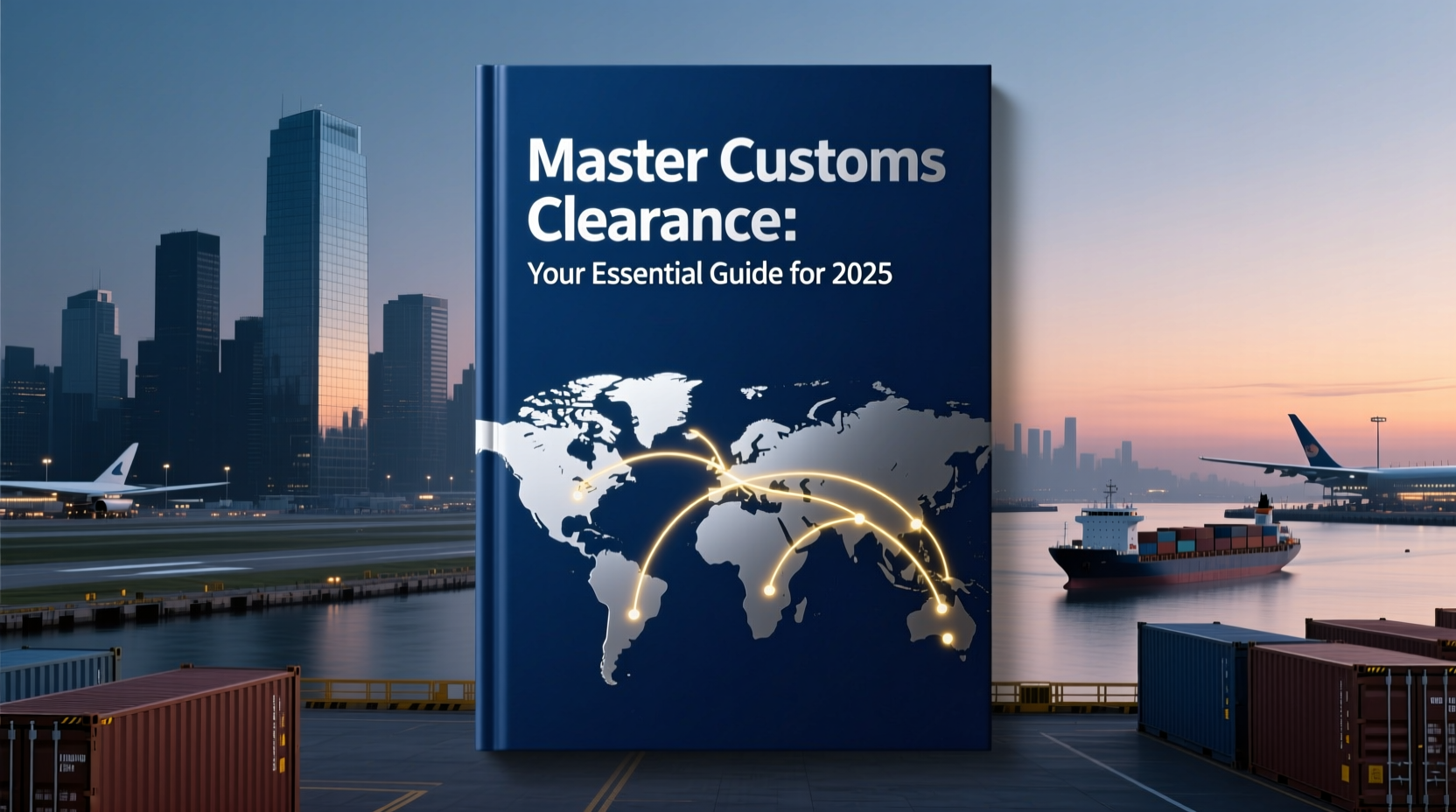Introduction to Customs Clearance
Customs clearance is an essential facet of international trade, ensuring that goods can traverse borders legally and efficiently. The process acts as a gatekeeper, verifying that products entering or exiting a nation comply with the relevant laws and regulations. Adequately understanding customs clearance is crucial for businesses to avoid potential pitfalls such as delays, fines, and confiscation of goods. This comprehensive guide explores customs clearance, delineating the steps involved and offering strategies for businesses to navigate this complex process successfully.
Understanding Customs Clearance
Customs clearance is a formal process entailing the examination of goods to determine their compliance with the regulations of either the importing or exporting country. Key functions include authenticating goods, assessing applicable duties and taxes, and verifying the completeness and accuracy of documentation. A thorough understanding of customs clearance is pivotal, particularly for new entrants in international trade, where even minor discrepancies can result in considerable complications.
Key Components of Customs Clearance
Documentation
Proper documentation is foundational to a successful customs clearance journey. Companies must prepare and submit multiple documents, such as commercial invoices, packing lists, bills of lading, and certificates of origin. Each serves a unique role and demands meticulous attention to detail to ensure seamless customs inspection.
Product Classification
Accurate product classification using Harmonized System (HS) codes is critical. These universal codes determine tariffs, taxes, and applicable regulatory restrictions. Misclassification can lead to incorrect tariffs, delays in clearance, or legal consequences.
Duties and Taxes
Importers must calculate and remit duties and taxes based on the goods' type, value, and trade agreements between nations. Staying informed on current tariffs and trade policies is necessary for compliance and budget management.
Regulatory Compliance
Ensuring product compliance with local regulations, such as safety, labeling, and environmental requirements, is mandatory. Non-adherence could result in detention, fines, or destruction of goods, making thorough research and certification acquisition imperative.
The Customs Clearance Process
Pre-Arrival Preparation
Before goods approach border checkpoints, meticulous preparation is vital. This entails organizing all requisite documents and correctly classifying products under HS codes. Proper preparation reduces errors and expedites clearance.
Submission of Customs Declaration
The next phase involves submitting a well-documented customs declaration detailing goods' value, quantity, and use. Scrutiny over all entries ensures conformity with regulations, averting delays or rejections.
Inspection and Verification
Customs authorities may inspect goods post-declaration submission, which can vary from visual checks to comprehensive tests. Ensuring congruence between paperwork and goods aids in faster inspections.
Payment of Duties and Taxes
After inspection, importers must settle duties and taxes based on product origin, classification, and applicable trade agreements. Accurate calculations prevent unauthorized costs and surprises.
Release of Goods
Successful completion of these steps results in the clearance and release of goods for transportation to their final destination. Well-maintained records aid future shipments and dispute resolutions.
Optimizing the Customs Clearance Process
Utilize AI-Driven Tools
AI-powered tools offer significant advantages in simplifying customs clearance tasks, from accurate classification to automated documentation generation. Automation reduces human error and enhances competitive edge.
Work with Reliable Suppliers
Partnering with experienced suppliers in international trade is crucial. Their expertise ensures proper product preparation, mitigating clearance issues.
Stay Updated on Regulations
Keeping abreast of evolving customs regulations, including HS codes and tariffs, is necessary. This proactive approach enables strategic adjustments to maintain compliance and forestall challenges.
Consider Using a Customs Broker
Employing a customs broker can ease the complexity of the customs clearance process. These specialists handle documentation and duties, offering time savings and error reduction, despite associated costs.
Automate Compliance
Leveraging automation for compliance checks ensures products meet regulatory standards pre-border entry, preventing delays and promoting efficiency.
Conclusion
Customs clearance is a vital process pivotal to global trade, maintaining seamless border transitions while adhering to legal frameworks. Though complex, businesses can transform customs clearance into an operational advantage through strategic approaches, advanced tools, and collaboration with knowledgeable partners. This reduces delays, cuts costs, and enhances efficiency, positioning companies for success in the competitive international market.











 浙公网安备
33010002000092号
浙公网安备
33010002000092号 浙B2-20120091-4
浙B2-20120091-4